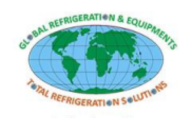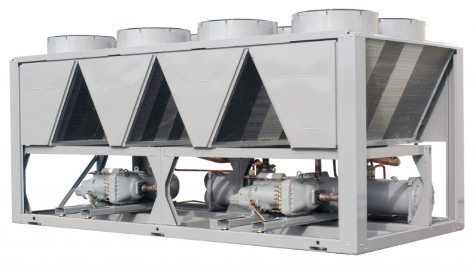What is a chiller?
Industrial water chillers are used in a variety of applications where water or coolant circulates through process equipment. Chillers commonly used to cool products and machinery are used in a variety of
applications such as injection moulding, die and cutting, food and beverage, chemical, laser, machine tool and semiconductors.
The function of an industrial chiller is to transfer heat from one location (usually process equipment or product) to another (usually the air outside the manufacturing plant).
It is common to use water or a water/glycol solution to transfer heat from the chiller, which may require the use of an accumulator and pump system in the process chiller. Ensuring adequate cooling, regardless of industry or process,
is essential for productivity and cost savings.

